One of the great joys of World Book Day is seeing children (and sometimes brave adults) dressed up as their favourite characters. This year’s wonderful examples made me think more about clothes and stories.
Dressing-up is essential for children: it’s both creative and expressive. Children become the characters they portray – they put on the spirit of Batman with the cape. There’s no separation between the appearance and the person inside.
With reference to Emma Greenwood’s method writing approach, I would exhort fellow writers to try on their characters’ costumes: if possible, literally. I had the revealing experience of wearing a full crinoline at the Fashion Museum, Bath – and that was a revelation. Not what I had expected at all.
Let’s go beyond historical clothing. I’d suggest writers of contemporary realism might find wearing the right duds an insight into characters’ attitudes. Tribal costume applies in every culture. What they choose to wear, and what they reject, demonstrates alliances and emotional ties.
It’s no different in SFF (science fiction & fantasy). As in all genres, you have to consider the practicalities. Cobbles and narrow heels, capes and rapiers, space helmets and hair – none of these work well together. A nasty little bit of extra stress for your protagonist?
Clothes add texture, both literally and figuratively, to world-building. Think of The Hunger Games. They can show:
- status – satin versus hessian, a toga versus a tunic in Ancient Rome,
- clan – Mods v. Rockers, the green & yellow colours of the Castellani v. the black & white of the Nicoletti – rival gangs in 16th century Venice,
- role – the leather apron of a blacksmith, chef’s whites,
- creativity of the wearer – is it what everyone else wears – or their own take?
- attitude – do they look after their clothes, select them with care – or throw on whatever comes to hand ?
- how the world works – where does the silk come from, the dyes, who makes the fabrics and how?
And what opportunities for other senses than sight! The sounds, the textures and sometimes the smells…
But finally, it’s what costumes add to characters that matters – the memorable and the unique. This is where we must also thank our illustrators. How about Janet and Anne Grahame-Johnstone for 101 Dalamatians by Dodie Smith? No-one forgets Cruella De Vil.
Or the mighty Pippi Longstocking by Ilon Wikland here
Dennis the Menace by Nigel Parkinson has to have his stripes.
And Puddleglum by Pauline Baynes even has a dejected pipesmoke!
What would it be like to live in your main character’s clothes for the day? Whose clothes would you most want to wear in all fiction?
Adapted from Faeries by Brian Froud and Alan Lee


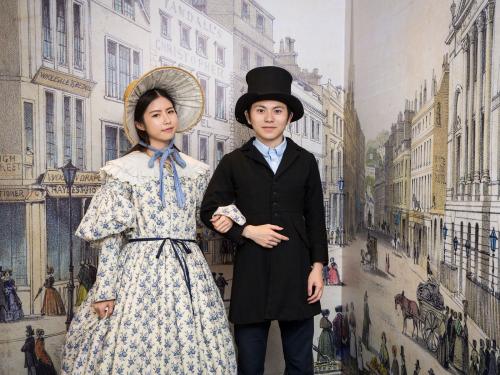
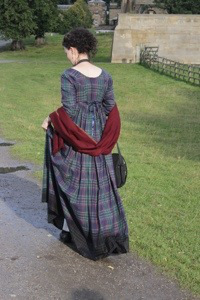
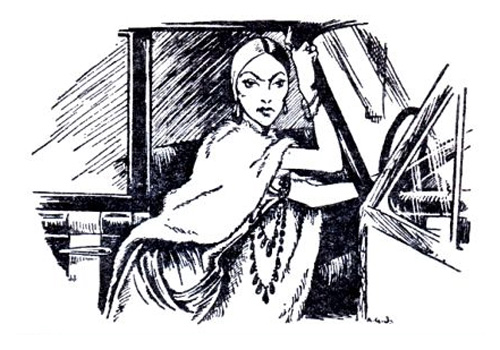
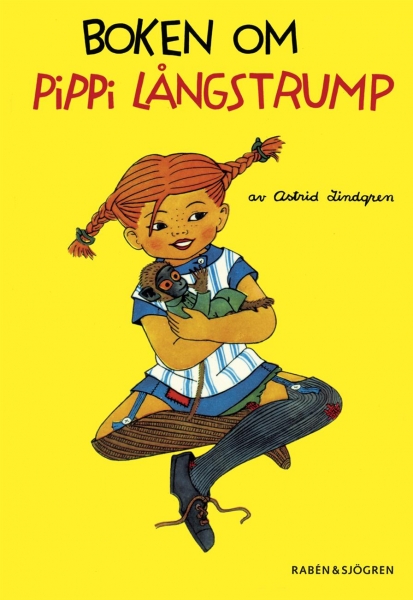
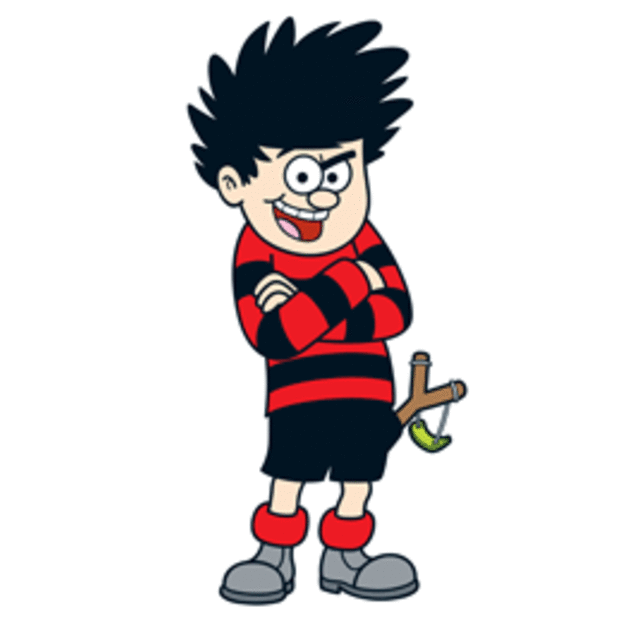
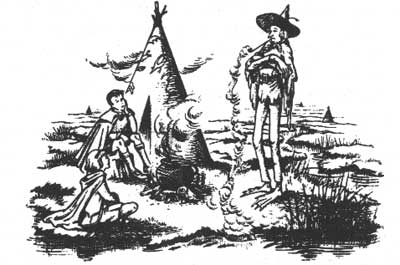
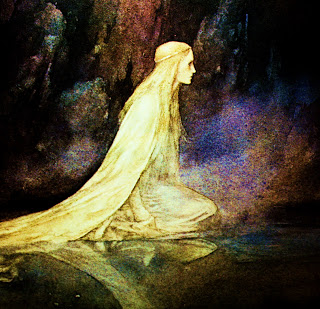
I wholeheartedly endorse dressing up for ANY reason.
Well you would, wouldn’t you, Evansie?
Great post. I agree, it’s so different putting yourself fully in a character and important to do so. And such a shame – as you observe – that most adult have to be ‘brave’ to dress up.
Interesting point, but l may have to set my next book in a naturist camp or a prison or in Maoist-era China because I have no interest in clothing and think fancy dress should be made illegal!
Fair enough, Jane. It’s all about what intrigues you as a writer.